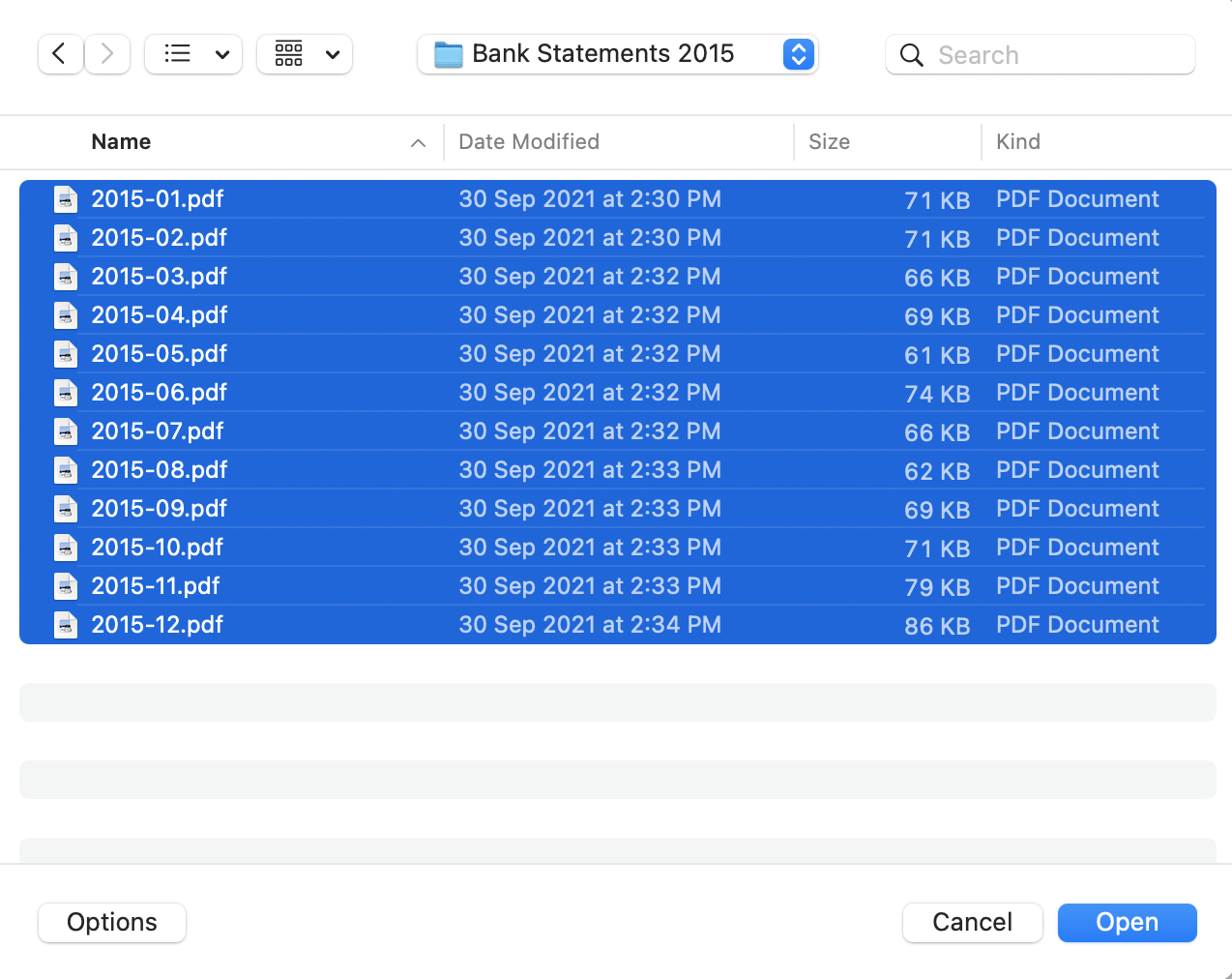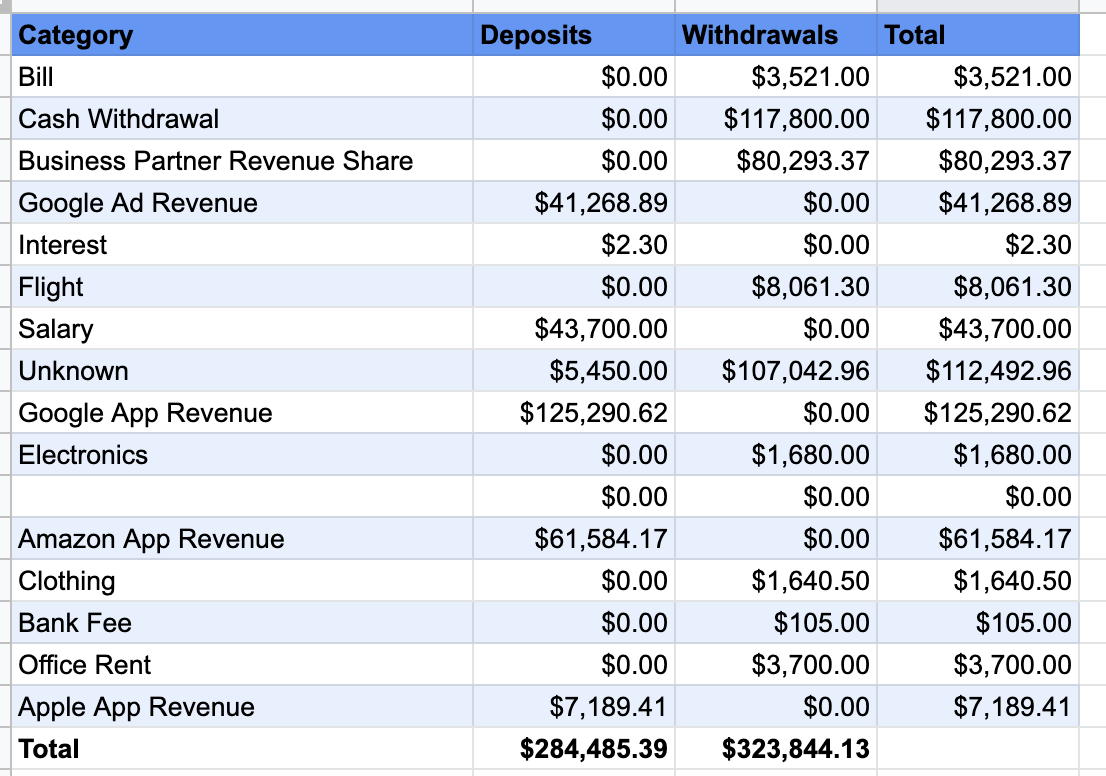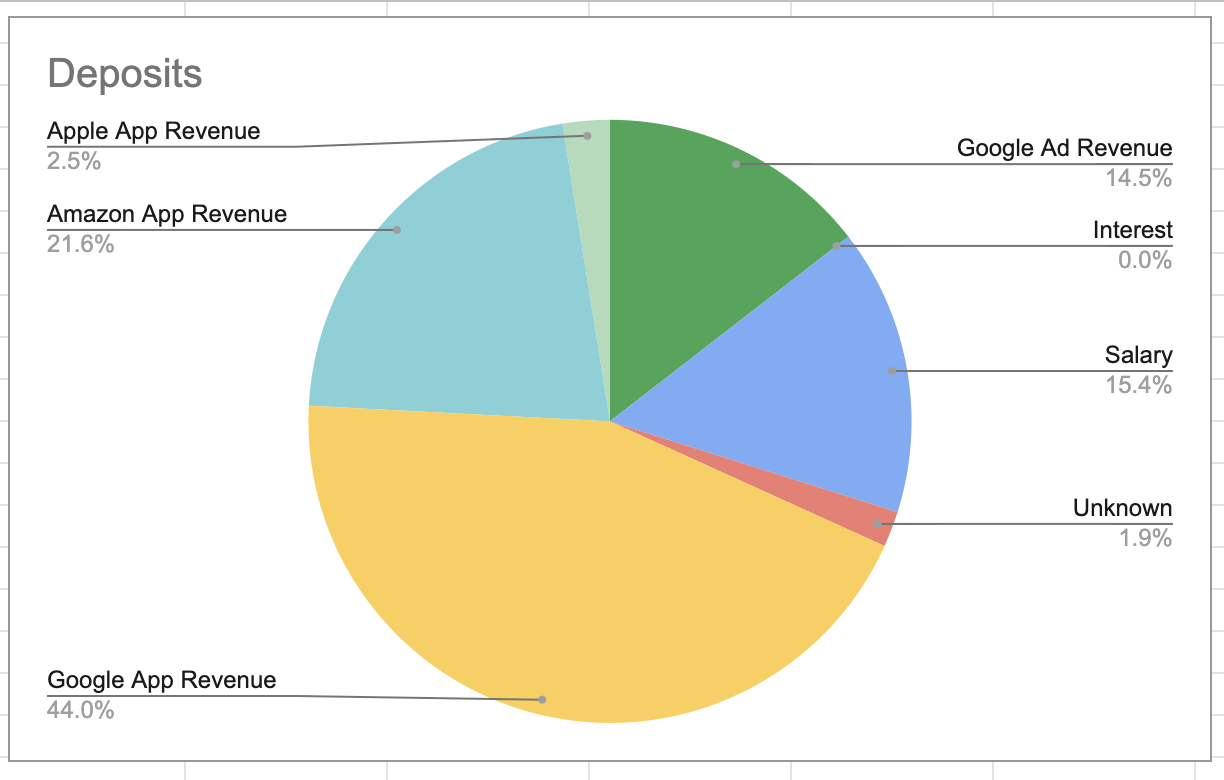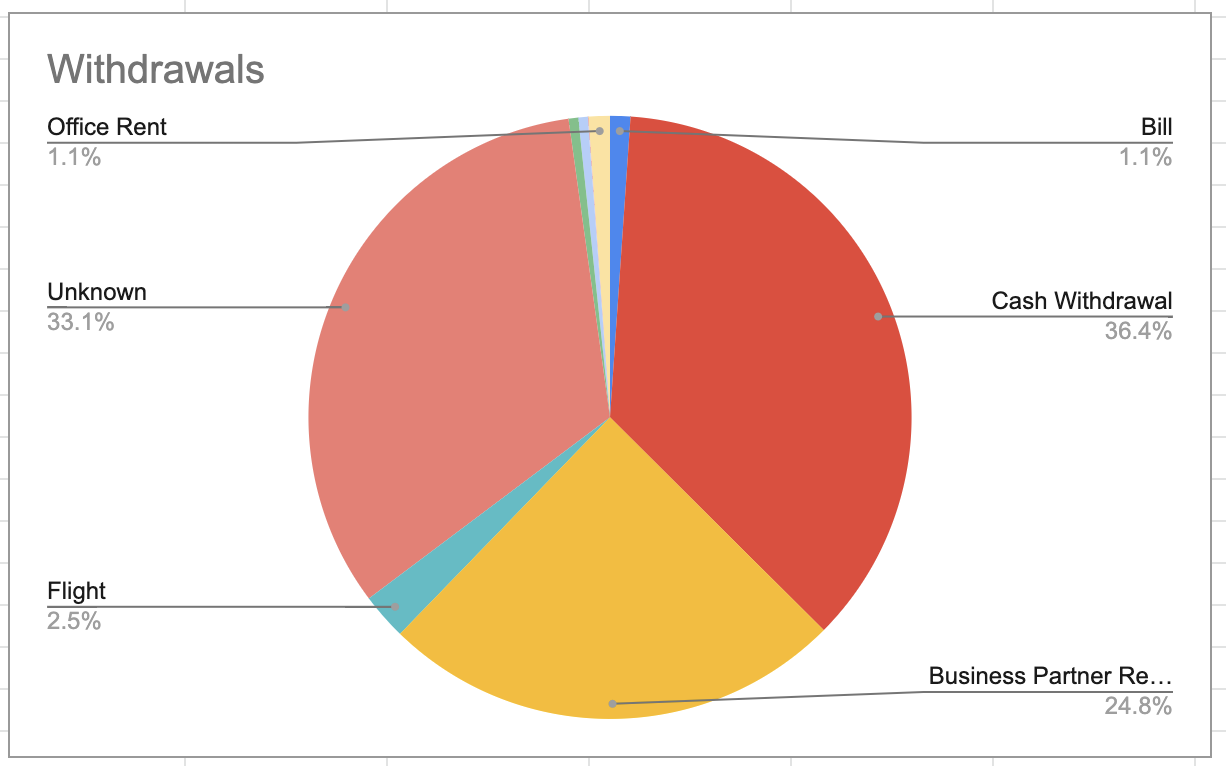Analysing My HSBC Bank Statements
Posted on
Originally I wanted to analyse my HSBC bank statements from 2014. 2014 was a great year for me, I started off the year by launching a new app, joined a game development company and rented an apartment with a friend. Unfortunately my 2014 bank statements from HSBC’s internet banking are no longer available, it seems they only go back a few years. So let’s go through my 2015 bank statements instead. 2015 was quite a tough year for me, I left my job as a game developer because an app I personally created was selling so well. A few weeks after I left work, my app was removed from Google Play. Over the next few months I worked on an iPhone app.
I created Bank Statement Converter to get transaction data out of my PDF bank statements for my company’s yearly audits. Back in 2015 I didn’t have a company, so I’ve never extracted or even looked at my statements. In this post I’ll go through how to get PDF files from HSBC, and then how to extract the transaction data. After that we will categorise everything and talk about some interesting transactions.
Downloading PDF Statements from HSBC
- Log onto your HSBC Internet Banking Portal

- Go to Banking -> Services & Payments -> eStatement/eAdvice -> View/Manage documents.

- Click the Select Month radio button
- Choose the Year and the Month in the dropdown boxes. I’m going to pick 2015 and January.
- Click View Result. You should see one document listed in the eStatements / eAdvice section

- Hit the View button. The PDF should open in another tab.
- In the new tab with the PDF hit the download button.
- Repeat steps 4-7 until you have all the documents you need.
At this point you should have a nice folder full of PDFs. I’ve named mine with the year first followed by a zero padded month. This means the PDFs can be sorted in alphabetical order which will also sort them from oldest to newest. This is known as a pro-gamer move.

Converting PDF Bank Statements to Excel
- Go to bankstatmentconverter.com
- Click the big blue button that says Click here to convert a PDF!
- Select all the bank statements you just downloaded.

- Wait for the files to upload. You should eventually see something like the image below.

- Hit the Convert all into one CSV button
- You should be taken to a page where you can see all the transaction details. From there you can download the CSV data by hitting the Download button.
Analysis
I opened up the CSV data in Excel and then copied it into a Google Sheets document. Then I added manually set a category for each transaction.

Next I wanted to sum the transactions by their category. I used the SUMIF function to achieve this. I ended up with the grouped data below.

Insights
-
2015 was a tough year! I lost about $40,000 over the year. If you asked me before I did this analysis I would have guessed I lost at least $100,000 over 2015.
-
I like paying for things with cash. I withdrew $117,800 from ATMs. The sad thing about this is I don’t really know where that money went. If I mostly spent with my credit I would be able to track my spending a bit better. I’m not going to change though, I strongly dislike paying for things with my credit card
-
Unfortunately I wasn’t able to tag a lot of the transactions, 2015 was a long time ago and I just don’t remember the details of a lot of the transactions.
-
Losing the Google App and Google Advertising revenue was very painful. Both revenue streams were cut in February, yet they were responsible for over 50% of my 2015 revenue.


I hope you found that helpful, feel free to contact me if you have any questions.
